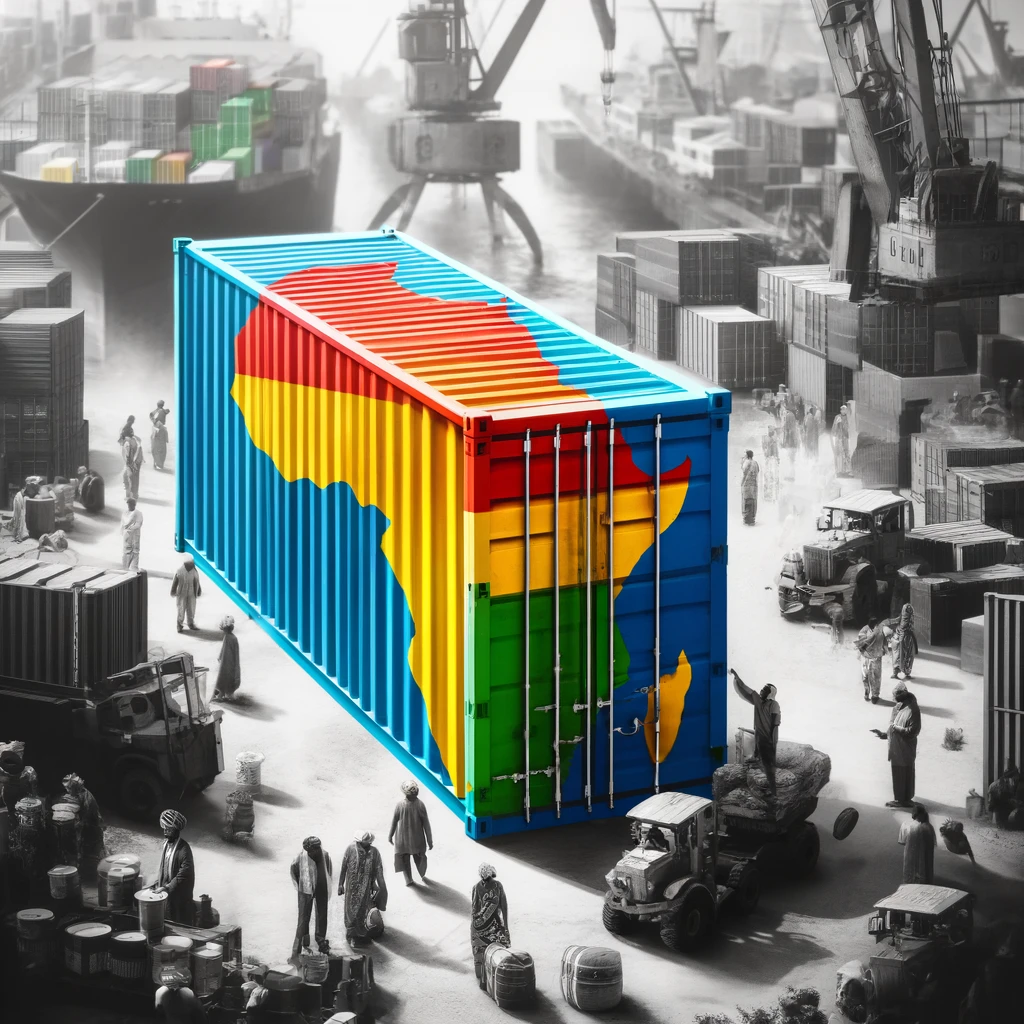
In the dynamic economic landscapes of low- and middle-income countries (LMICs), remittances have emerged as a cornerstone of financial stability and social development. According to the World Bank, remittances to LMICs surged by 5% in 2022 to reach a substantial $614 billion, underscoring their vital role in bolstering household incomes and alleviating poverty despite global economic challenges.
Advantages of remittances include:
Economic Stability: Remittances are a steady source of income that helps families cope with economic uncertainties.
Social Benefits: Remittance Funds are often used for education, healthcare, and housing, leading to better social outcomes.
Development Finance: Remittances contribute to economic development by increasing consumption and fueling additional business activities.
However, there are also disadvantages:
Dependency: Over-reliance on remittances can discourage local entrepreneurship and employment, creating economic dependency.
Currency and Inflation Risks: Large inflows of foreign currency can lead to inflation and affect the competitiveness of local industries.
Vulnerability to External Shocks: Economic downturns in source countries can lead to a significant drop in remittance flows, impacting the economies of recipient countries.
Comparison with FDI and ODA
Remittances now surpass both Foreign Direct Investment (FDI) and Official Development Assistance (ODA) in many LMICs, marking a significant shift in the sources of external financing. In 2022, remittances to LMICs totaled $614 billion, considerably outstripping FDI flows, which stood at $519.9 billion and ODA at $242.9 billion (See Statista graph below). This resilience of remittances, evident even amid global economic downturns, contrasts sharply with the more volatile nature of FDI. Furthermore, remittance inflows have consistently exceeded ODA, underlining their more substantial impact on improving living standards within these economies.

Remittance Policy Implications
The critical role of remittances in supporting the welfare of millions highlights the need for policies that facilitate these flows. Reducing transaction costs and improving the regulatory framework for money transfers are essential steps to enhance the positive impacts of remittances. This includes renegotiating exclusive partnerships that can inhibit competition and lead to higher transfer costs, particularly in the most expensive corridors, which are often in Sub-Saharan Africa.
While remittances are indispensable for many countries, balanced economic policies are necessary to ensure these funds contribute to sustainable development. The direct financial lifeline they provide is more reliably targeted at the needs of the populations in LMICs than FDI or ODA, which are either profit-oriented or tied to specific projects and political objectives. Therefore, fostering an environment that enhances the flow and reduces the cost of remittances can significantly bolster economic and social resilience in developing countries.
Sources:
Remittances Grow 5% in 2022, Despite Global Headwinds (worldbank.org)
Remittances are a critical economic stabilizer (worldbank.org)
Chart: Remittances to LMICs Overtake FDI for First Time | Statista


